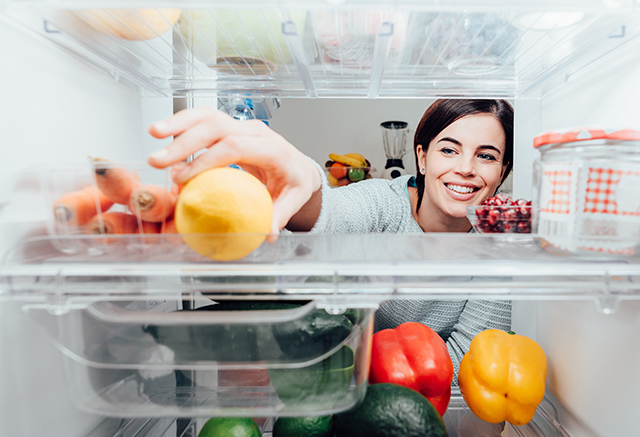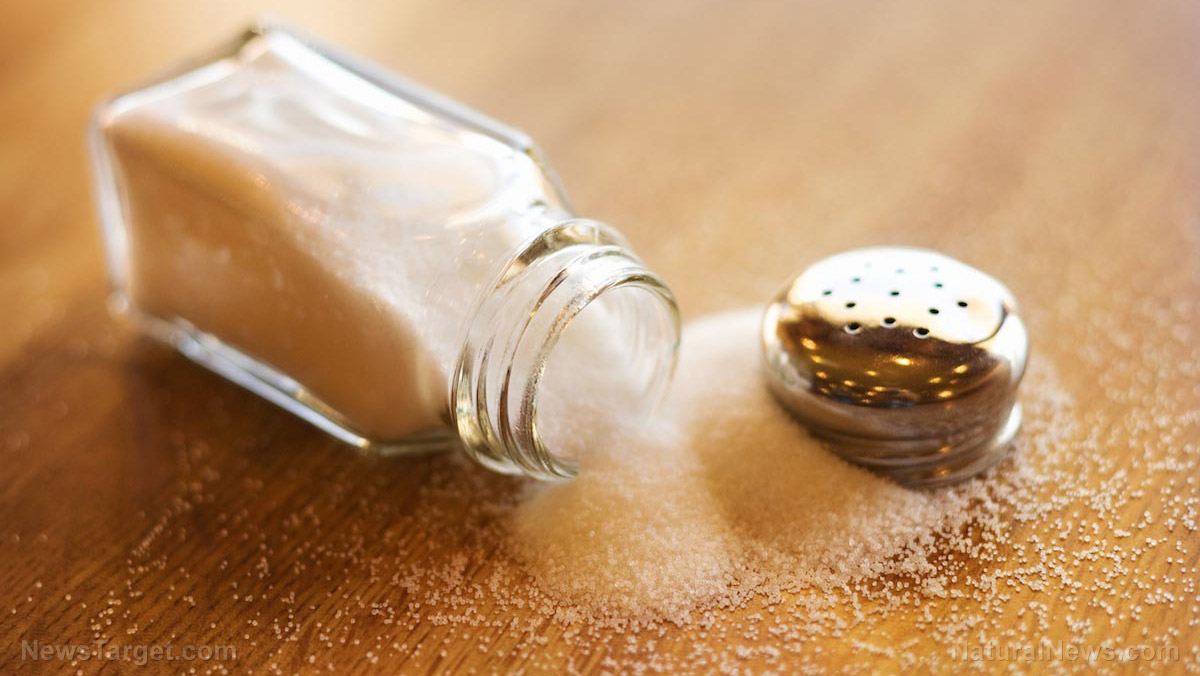Prepping 101: How to create and store a survival kit
06/25/2021 / By Divina Ramirez

Being prepared means being equipped with the right supplies you may need when SHTF. Keep your supplies in a portable kit you can access on the fly or take with you in case you need to evacuate.
In this article, you’ll learn how to put together your own survival kit and how to properly store it.
Building a survival kit
When building an emergency survival kit, you should ensure that your supplies can last you and your family for at least three days. In case of emergencies that require you to evacuate quickly, such as a wildfire or severe flooding, prepare your kit in advance and keep it in an easily accessible location in your home.
For other emergencies that may require staying at home for several days, such as a blizzard, start building your kit when a storm is first forecast and closely monitor it.
Whether you are hunkering down at home to weather a storm or evacuating quickly, one thing is sure: having a survival kit can help make a difficult scenario safer for you.
Here are some of the essential supplies you should have in your survival kit:
- Water
- Food
- Flashlight
- Radio
- First-aid kit
- Multi-tool
- Sanitation supplies
- Copies of personal documents
- Solar cell phone charger
- Extra cash
Tips for storing your survival kit
Now that you know what to include in your survival kit, it’s time to figure out where to store it. You should take the time to properly store your kit so that it’s easily accessible. Storing your kit properly also helps ensure supplies like food and water don’t go bad. Here are other tips for storing your survival kit properly:
- Secure storage space. Depending on the supplies you’ve put in your survival kit, it can easily get bulky or heavy. Make sure you have adequate space to store your kit. Ideally, your storage area should be free from light, dust and humidity to preserve the integrity of your supplies. But make sure it’s still easily accessible in case of an emergency. You can also store your kit outdoors if you have an outdoor shed.
- Store a survival kit at a secondary location. Keep another survival kit at a secondary location, such as at the local park or a nearby wooded area. A backup survival kit is useful for when you’re forced to quickly leave your home due to a disaster.
- Store a pocket survival kit at your office or workplace. Emergencies can happen anywhere. Your place of work is no exception. Keep a pocket survival kit in your desk drawer. A grab bag of essential supplies is a good alternative as you can easily snatch it if you need to evacuate the building.
- Regularly check the contents of your survival kit. It’s not enough that you properly store your kit. You should also make it a point to regularly check its contents. Check your kit at least once a month to see if it’s still stored properly and not exposed to heat or humidity. Write down the expiration dates of foods, drinks and first-aid provisions to make sure they’re still safe for use. Replace supplies accordingly.
- Maintain electronic equipment and tools. If your survival kit has electronic or battery-powered devices like radios and flashlights, check on it periodically to make sure the devices are maintained. If you have a portable generator, it’s advisable to run it every 30 days to make sure it runs smoothly. (Related: 5 Machines preppers need in their homestead before disaster strikes.)
Learn more about preparing a survival kit and drawing up a survival plan when SHTF at Survival.news.
Sources include:
Tagged Under: bug out, bugout bag, disaster, how-to, off grid, preparedness, prepper, prepping, SHTF, survival, survival kit, survivalist, tips
RECENT NEWS & ARTICLES
COPYRIGHT © 2017 PREPAREDNESS NEWS



















